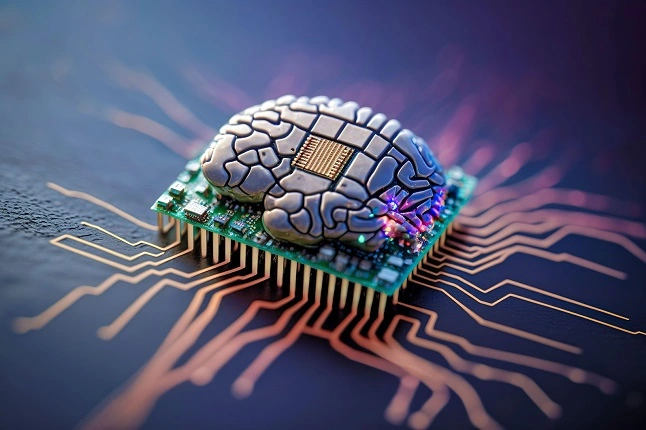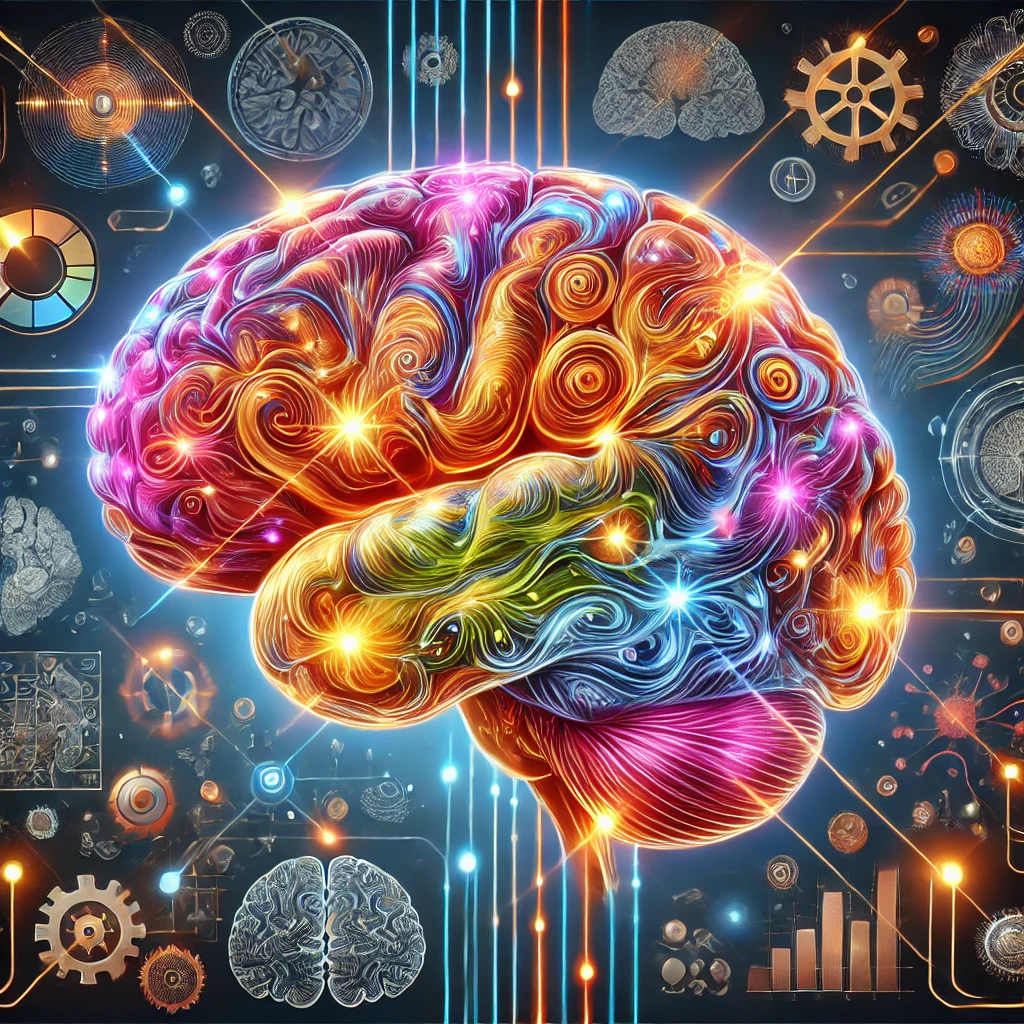For decades, computers have been conquering complex tasks, but they still lack a key human ability: learning. Neuromorphic computing, a revolutionary field inspired by the human brain, aims to bridge this gap. This blog will delve into the fascinating world of neuromorphic computing, exploring its mechanism, how it works, and the machines ushering in this new era.
Inspired by the Brain: The Mechanism Behind Neuromorphic Computing
Unlike traditional computers that rely on silicon transistors for calculations, neuromorphic computing takes a fundamentally different approach. It draws inspiration from the structure and function of the human brain. Our brains are composed of billions of interconnected neurons that communicate through electrical signals. Neuromorphic computing aims to mimic this architecture by using hardware that processes information in a similar way.
Here’s a breakdown of the key concepts:
- Artificial Neurons: These are electronic circuits designed to mimic the behavior of biological neurons. They can process information, transmit signals, and even “learn” by adjusting their connections based on past experiences.
- Synapses: In neuromorphic systems, these represent the connections between artificial neurons. The strength of these connections determines how information flows through the network, similar to how neural connections in the brain influence information processing.
- Spiking Neural Networks (SNNs): Unlike traditional computers that operate on binary data (0s and 1s), SNNs use electrical spikes to represent information. This approach allows for more energy-efficient processing and better mimics the way real neurons communicate.
Neuromorphic Computing in Action: From Learning to Problem Solving
Neuromorphic computing holds immense potential to tackle challenges beyond the capabilities of traditional computers. Here are some exciting applications on the horizon:
- Pattern Recognition: Neuromorphic systems excel at recognizing complex patterns in data, making them ideal for applications like image and speech recognition, or even anomaly detection in financial markets.
- Machine Learning on the Edge: Traditional machine learning often requires sending data to the cloud for processing. Neuromorphic chips could enable on-device learning, allowing devices to analyze data locally and react faster.
- Brain-Computer Interfaces (BCIs): Neuromorphic computing could play a crucial role in developing more advanced BCIs, facilitating seamless communication between the human brain and computers.
The Machines Mimicking the Mind: Hardware for Neuromorphic Computing
Several companies and research institutions are developing neuromorphic computing hardware. Here are a few examples:
- Intel’s Loihi: This neuromorphic research chip uses a custom architecture with artificial neurons and plastic synapses for efficient learning and processing.
- IBM’s TrueNorth: This neuromorphic chip boasts over a million artificial neurons and billions of programmable synapses, allowing it to tackle complex tasks like real-time object recognition.
- Graphcore’s Intelligence Processing Unit (IPU): While not strictly neuromorphic, IPUs are designed for high-performance machine learning tasks that could benefit from brain-inspired architectures.
These are just a few examples, and the field of neuromorphic computing hardware is rapidly evolving.
The Future of Neuromorphic Computing: A New Era of Intelligence
Neuromorphic computing is still in its early stages, but it holds immense promise for revolutionizing artificial intelligence. As hardware continues to improve and algorithms become more sophisticated, we can expect to see neuromorphic systems tackling even more complex tasks, from scientific discovery to autonomous vehicles. Neuromorphic computing has the potential to usher in a new era of intelligence, pushing the boundaries of what machines can achieve.



